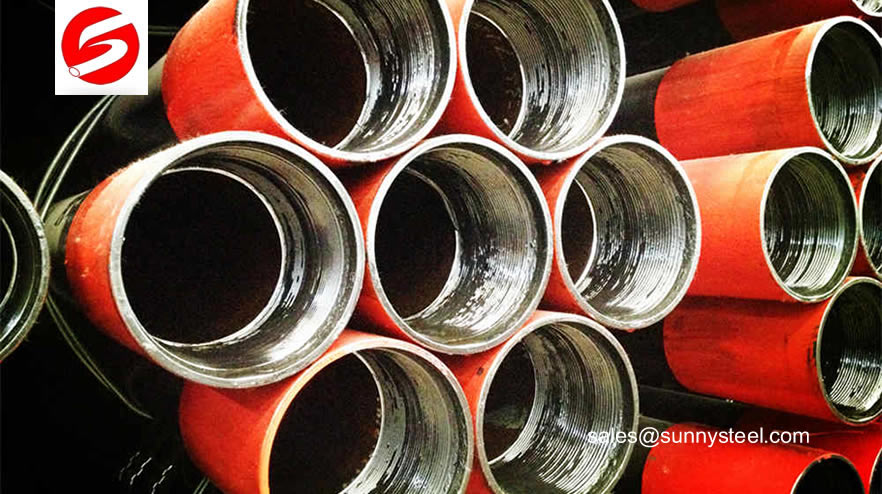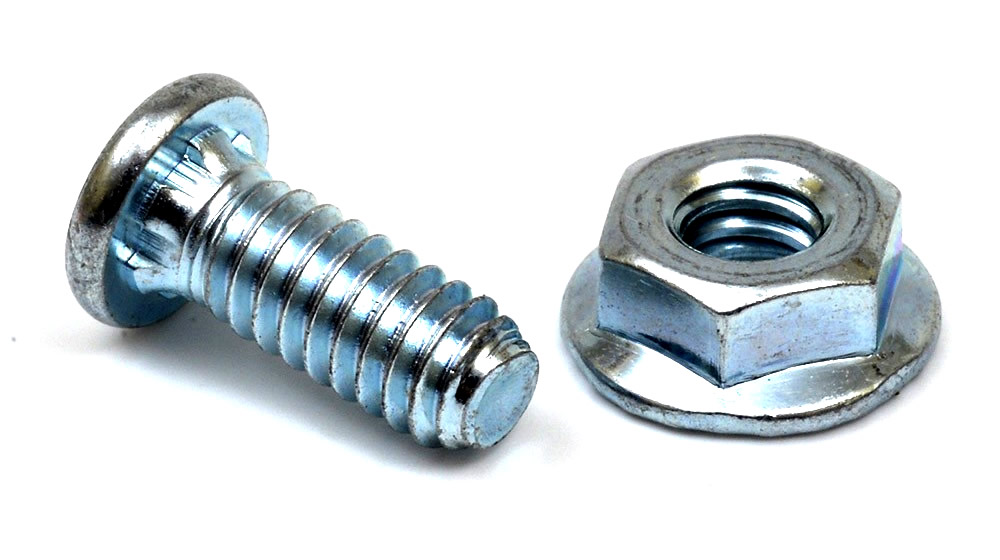According to manufacuring process of seamless pipe,seamless pipe can be divided into hot rolled seamless tube and cold drawn seamless tube.
Cold drawn seamless steel tubes process:
round tube → heating → perforation → Heading → annealing → pickling → oiled (copper) → multi-pass cold drawn (cold rolled) → blank tube → heat treatment → straightening →hydrostatic testing (testing) → mark → storage.
The general cold strip mills, volume should go through continuous annealing (CAPL unit) to eliminate cold hardening and rolling stress, or batch annealing reach the mechanical properties of the corresponding standard specifies. Cold rolled steel surface quality, appearance, dimensional accuracy better than hot-rolled plate, and right-rolled thin product thickness is about 0.18mm, so the majority of users favor.
- ASTM A179 (ASME SA179) cold drawn steel tube and applications
- Precision cold drawn seamless steel tube
- Precision cold drawn steel tube production process
- DIN 2391-1 Cold Drawn or Cold Rolled Steel Tube
- Cold drawn steel tube advantages
- Annealing and quenching of cold drawn steel
- Cold drawn steel pipes pickling passivation
- The measures to prevent precision cold drawn pipe cold crack
- Cold drawn steel pipes Elongation and reduction of area
- Difference between hot rolled and cold formed steel
Hot rolled seamless steel pipe deformed process
Hot-rolled seamless steel pipe production base deformation process can be summarized as three stages: perforation, extension and finishing.
PROCESS FLOW CHART OF HOT ROLLED SEAMLESS STEEL PIPE
The main purpose of the perforation process is to become a solid round billet piercing hollow shell. Capillary in the specifications, accuracy and surface quality can not meet the requirements of the finished product, further improvements are needed to deform the metal through. The main purpose of the stretching machine is further reduced sectional view (main compression wall) for a larger axial extension, so that the capillary improved dimensional accuracy, surface quality and organizational performance.










